For Christmas opening times click here for more details.
Shop 2 stores as 1 | Shared Search, Account & Cart
Checkout using your account
Checkout as a new customer
Creating an account has many benefits:
- See order and shipping status
- Track order history
- Check out faster
Blenders
Investing in the perfect commercial blender guarantees ingredients are prepared effectively and to a high standard when creating sauces, soups, smoothies or other drinks etc. In busy restaurants and bars where fast-paced operations are common, blending and liquidising needs to be done quickly and efficiently. With a choice of designs and manufacturers available there is something for every operation and budget within our small catering appliances range.
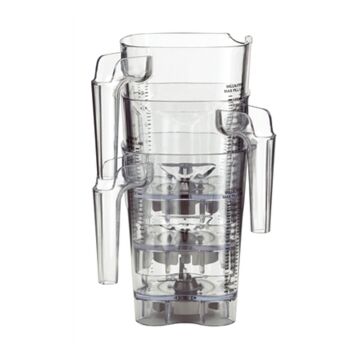
- SKU DM876
- Warranty Cover 12 Months Parts & Labour
- Delivery Standard 3 to 5 Working Days
- Brand Waring Catering Equipment
- Height (mm) 265.000000 Show More
Minimum order value £1000 ex VAT
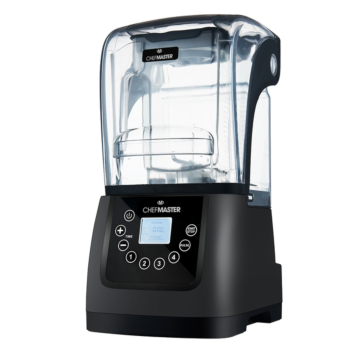
- Colour Black
- Footing Feet
- Kilowatts 2.2
- SKU HED244
- Warranty Cover 24 Months Parts & Labour Show More
Minimum order value £1000 ex VAT

- CE Marked Yes
- Controls Push Button
- Footing Feet
- SKU HBF510-UK
- Warranty Cover 24 Months Parts & Labour Back to Base Show More
Minimum order value £1000 ex VAT
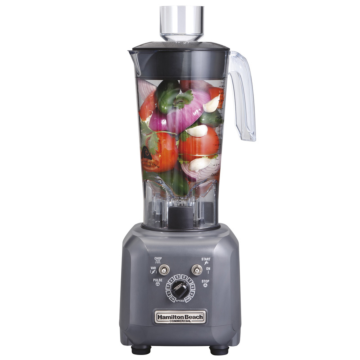
- Footing Feet
- SKU HBF500-UK
- Warranty Cover 24 Months Parts & Labour Back to Base
- Delivery Standard 3 to 5 Working Days
- Brand Hamilton Beach Show More
Minimum order value £1000 ex VAT
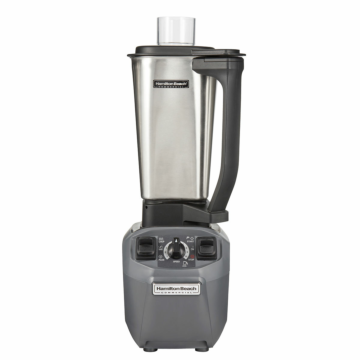
- CE Marked Yes
- Controls Push Button
- Footing Feet
- SKU HBF510S-UK
- Warranty Cover 24 Months Parts & Labour Back to Base Show More
Minimum order value £1000 ex VAT
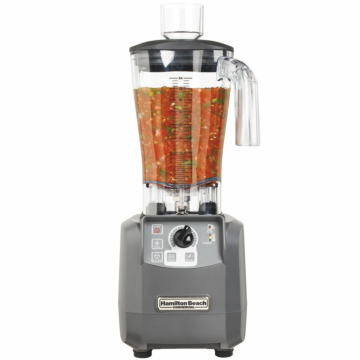
- Controls Push Button
- Footing Feet
- SKU HBF600-UK
- Warranty Cover 36 Month Parts & Labour Back to Base
- Delivery Standard 3 to 5 Working Days Show More
Minimum order value £1000 ex VAT
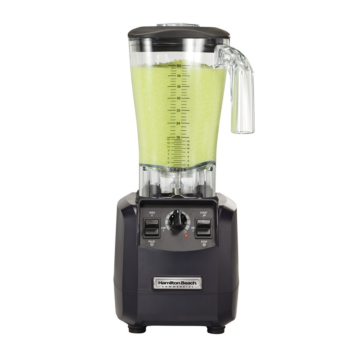
- Colour Black
- Controls Push Button
- Footing Feet
- SKU HBH550-UK
- Warranty Cover 36 Month Parts & Labour Back to Base Show More
Minimum order value £1000 ex VAT
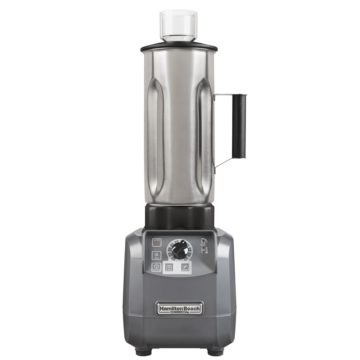
- Controls Push Button
- Footing Feet
- SKU HBF600S-UK
- Warranty Cover 36 Month Parts & Labour Back to Base
- Delivery Standard 3 to 5 Working Days Show More
Minimum order value £1000 ex VAT
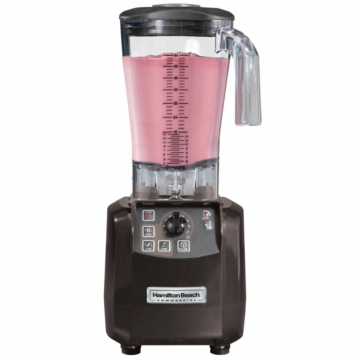
- Colour Black
- Controls Push Button
- Footing Feet
- SKU HBH650-UK
- Warranty Cover 36 Month Parts & Labour Back to Base Show More
Minimum order value £1000 ex VAT
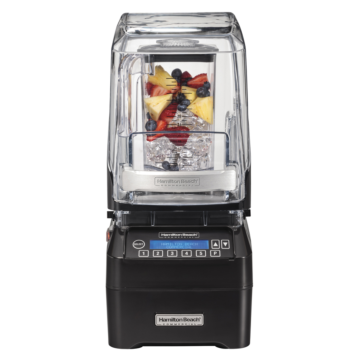
- Controls Push Button
- Footing Feet
- SKU HBH755-UK
- Warranty Cover 36 Month Parts & Labour Back to Base
- Delivery Standard 3 to 5 Working Days Show More
Minimum order value £1000 ex VAT
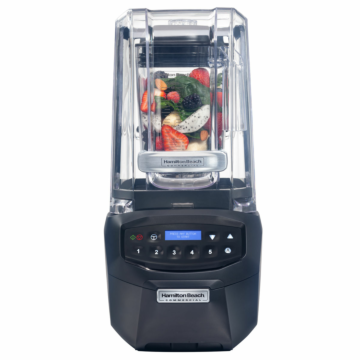
- Controls Push Button
- Footing Feet
- SKU HBH855-UK
- Warranty Cover 36 Month Parts & Labour Back to Base
- Delivery Standard 3 to 5 Working Days Show More
Minimum order value £1000 ex VAT
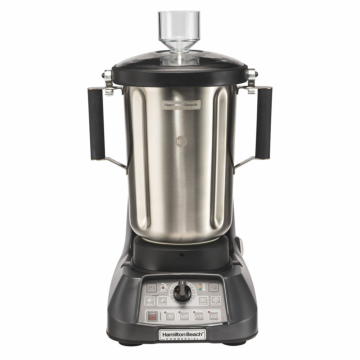
- Footing Feet
- SKU HBF1100S-UK
- Warranty Cover 36 Month Parts & Labour Back to Base
- Delivery Standard 3 to 5 Working Days
- Brand Hamilton Beach Show More
Minimum order value £1000 ex VAT
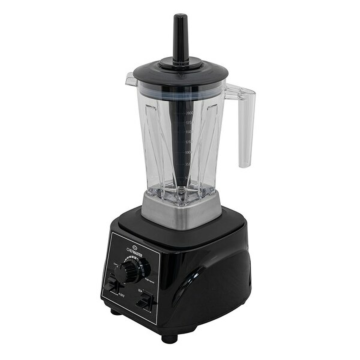
- Colour Black
- Footing Feet
- Kilowatts 2.2
- GTIN 5056240901589
- SKU HEC826 Show More
Minimum order value £1000 ex VAT
Commonly Asked Questions About Commercial Kitchen Blenders
What makes a blender commercial?
A commercial blender is classified as such due to its more robust manufacture, durable motors, blades, and gears, and more powerful and efficient design. Commercial kitchen blenders are built to withstand regular, high-frequency use and can handle large quantities of tough ingredients, making them suitable for industrial applications where reliability and performance are critical.
Whats the difference between a commercial blender and an immersion blender?
The primary difference between commercial and immersion blenders is their design and usage. Both are essential pieces of food prep equipment; restaurant blenders being more of heavy-duty kitchen blender designed for countertop use with an accompanying mixing bowl, which is ideal for consistent blending in a fixed location. Immersion blenders, hand blenders, or stick blenders, are handheld devices with long shafts and optional attachments, offering the flexibility to blend directly in any bowl or saucepan. This makes immersion blenders perfect for preparing large quantities that exceed the capacity of a commercial food blender's bowl or jug.
What's the difference between an industrial food blender and a bar blender?
The difference between an industrial food blender and a bar blender lies in its construction and intended use. Industrial blenders, also known as heavy duty blenders, are designed to break down hard foods like lobster shells or nuts and can handle both hot and cold foods, depending on the jug material. In contrast, bar blenders, smoothies makers and drinks mixers, may have a smaller capacity, are typically used for cold drinks, and come in models that can prepare drinks with or without ice, catering specifically to beverage preparation.
Why does the jug of my commercial blender have a case around it?
The jug of a heavy duty kitchen blender may have a sound enclosure, which is a case that surrounds the mixing container to minimise noise during operation. The sound enclosure feature is useful in restaurant blenders, both food and bar types, to reduce the disruption caused by blending or breaking down solid ingredients like ice, ensuring a more pleasant environment for staff and customers.
What is the best material for a commercial food blender mixing jug?
The best material for a catering food blender mixing container depends on the kitchen's specific needs. Plastic (polycarbonate) jugs are durable and typically shatter-resistant, suitable for various ingredients; ensure they are BPA free if used for hot contents. Stainless steel jugs are more robust and ideal for hot foods but lack transparency in viewing contents. Some industrial and professional food blenders may also feature glass jugs as an alternative.
What jug capacity do I need for a professional blender?
For a professional blender, the jug capacity you need depends on the volume of product you intend to blend in one use. A larger jug can handle more product, with capacities reaching up to around 4 litres, but this will require a correspondingly larger motor. A jug capacity of around 1.4 litres is typically sufficient for smaller tasks. Both commercial and industrial blenders offer a range of capacities to suit various blending needs.
Are digital/push button or analogue/manual dial controls better?
Both digital or push button and analogue or manual dial controls have advantages for commercial and heavy duty kitchen blenders. Manual dials are straightforward and easy to operate, while digital controls can offer a programmable timer, leading to more consistent blending results. The choice depends on your preference for simplicity or precision in blending operations.
Does my professional food blender need variable speed?
Professional food blender always benefit from a variable speed feature. Variable speed allows you to adjust the RPM (revolutions per minute), with higher RPMs needed for tougher foods. Many commercial food blenders and heavy duty blenders offer this feature to build up power gently or have stepped speed settings at intervals. This versatility is crucial for preparing various ingredients, from softer foods at lower speeds to tougher ones at higher speeds. It can also protect the motor from damage by gradually increasing power to break down tougher ingredients.
How much horsepower do I need from a heavy duty commercial blender?
The horsepower (HP) needed for a heavy duty commercial blender depends on the usage intensity and the toughness of the ingredients. For light use, up to 50 servings/day, a 1/2 HP motor is sufficient. Medium duty use of up to 75 servings/day requires 1 to 1 1/2 HP. For medium to heavy use, up to 100 servings/day, a 2 HP motor is recommended. For hefty use exceeding 100 servings/day, a 3 1/2 HP motor is ideal. Additionally, a metal clutch connecting the motor to the jug is advisable for heavy duty applications, as it's more durable than a plastic clutch more suited for lighter blending tasks.
What do I use a pulse setting for on my commercial blender?
The pulse setting on an industrial food blender provides short bursts of high power, allowing greater control over the blending process. The user can manually control the length of the pulse, making it ideal for processing larger ingredients that require a more careful approach to achieving the desired consistency.
What's the difference between a commercial blender and a blixer?
The difference between a catering blender and a blixer is that a blixer is a more versatile appliance, combining the functions of both a mixer and a blender. While commercial blenders are primarily used for blending, commercial food processors and blixers can also mix ingredients, placing them more in line with the food processing category alongside veg prep machines and potato peelers and chippers.
